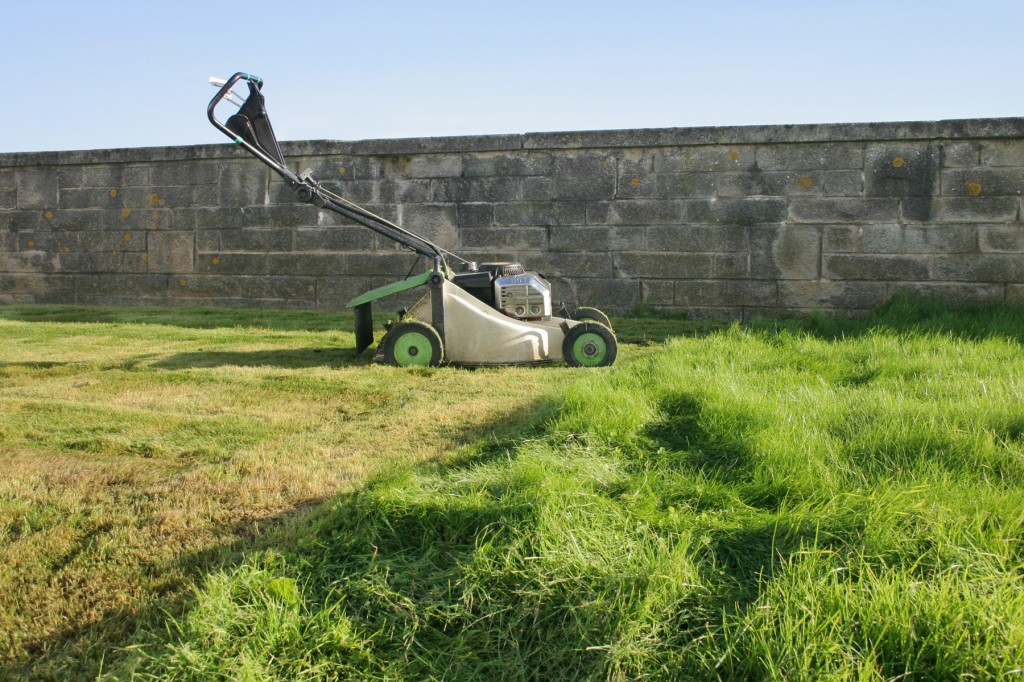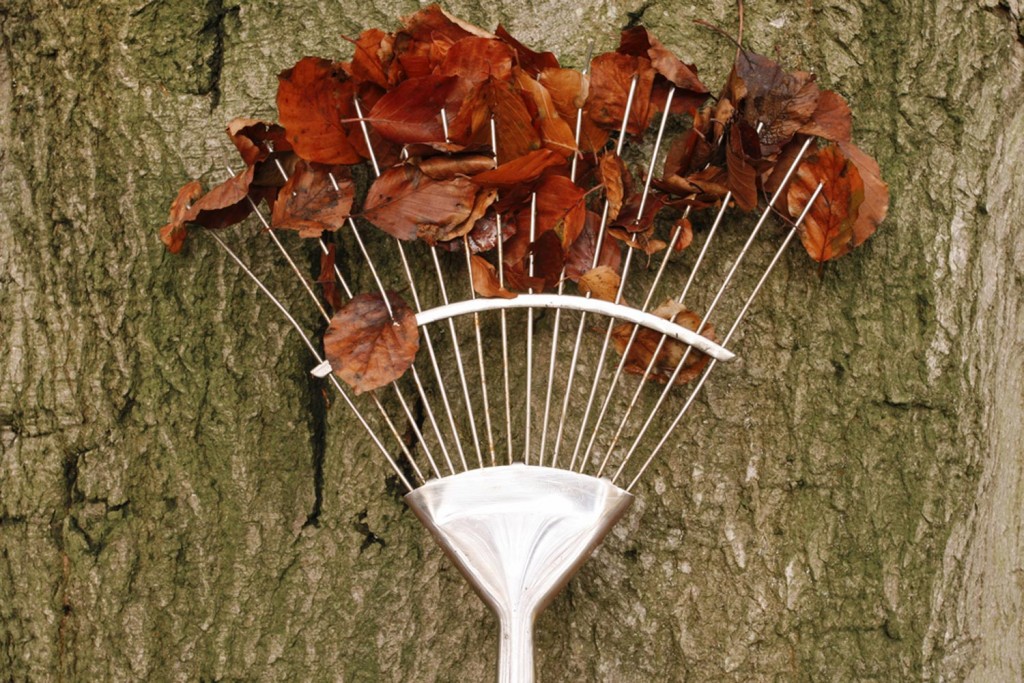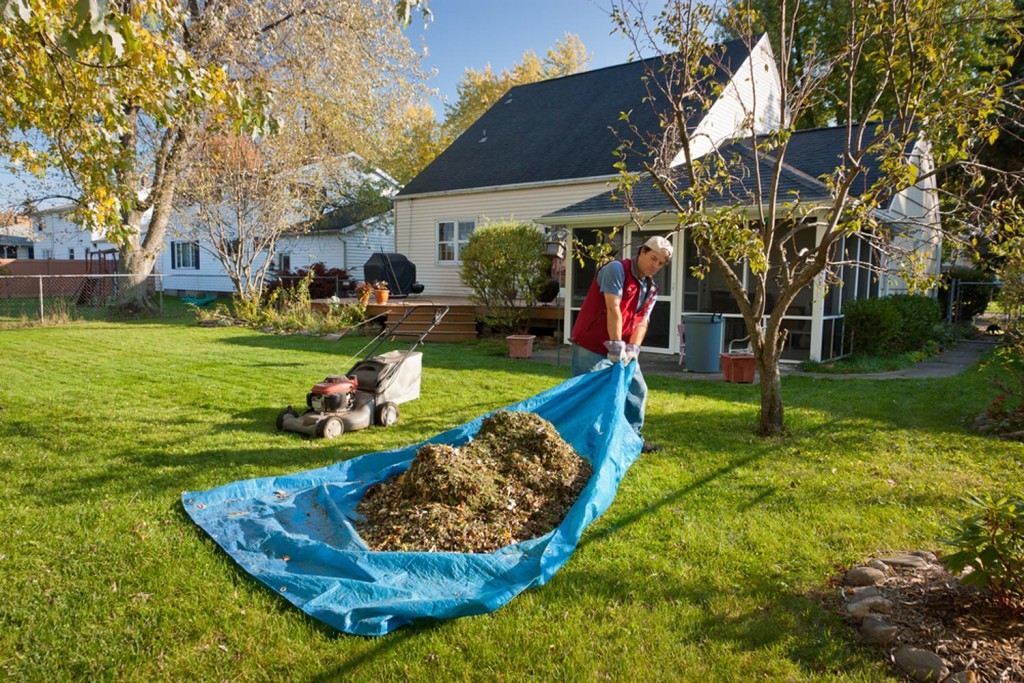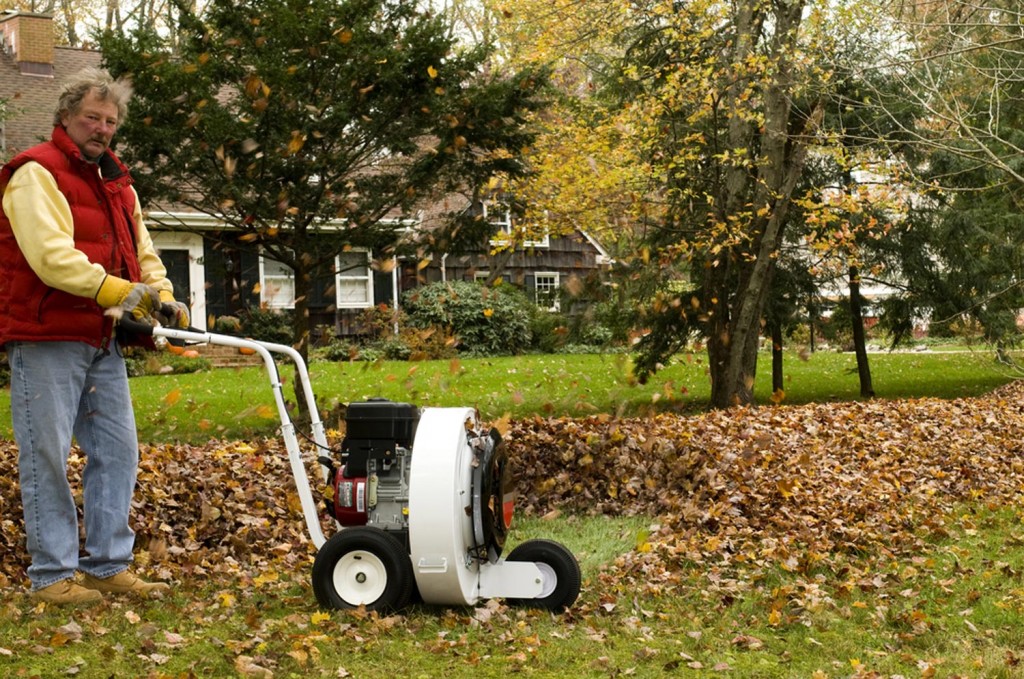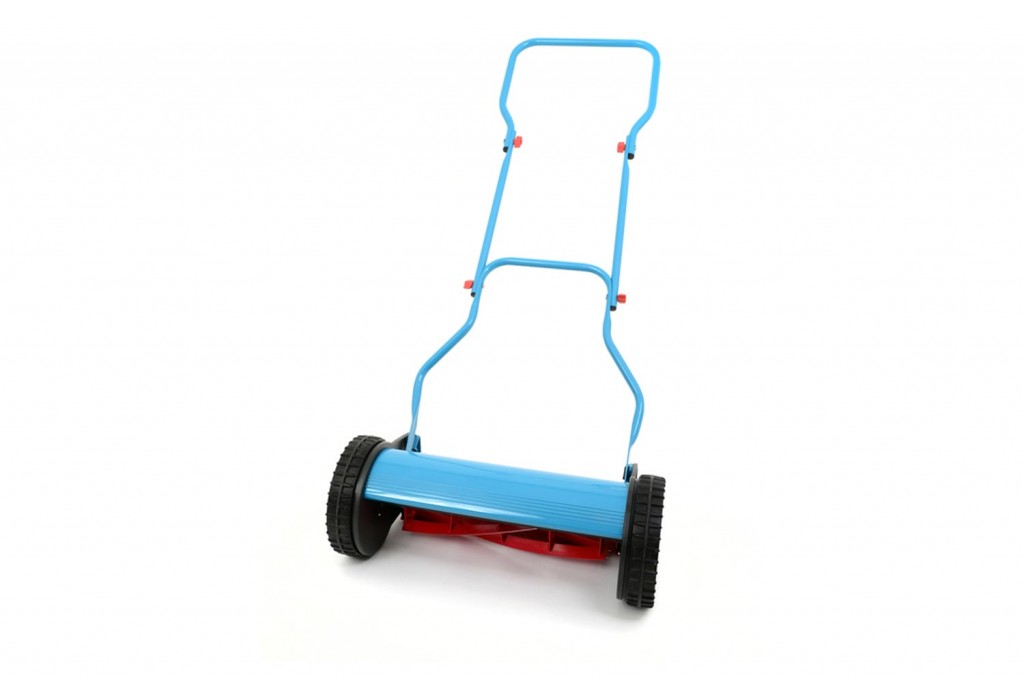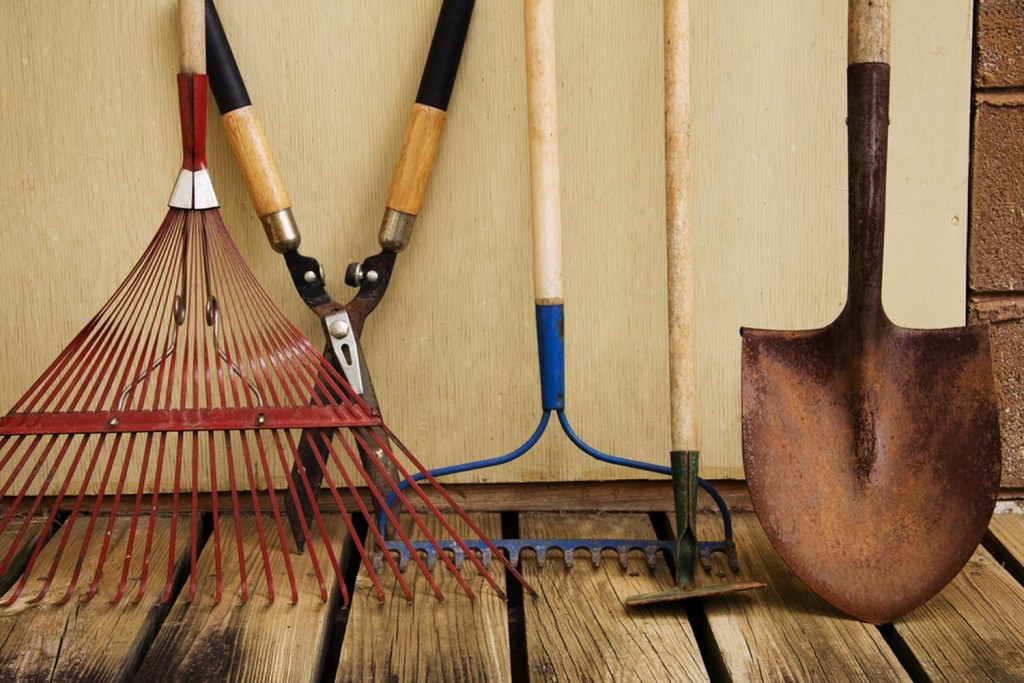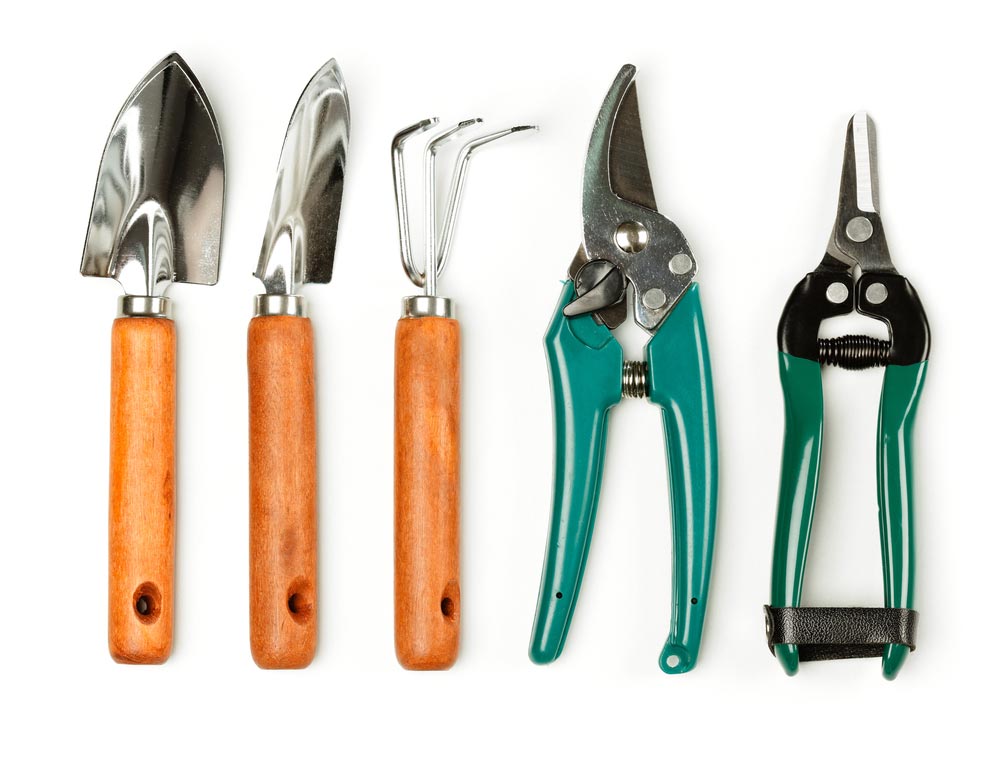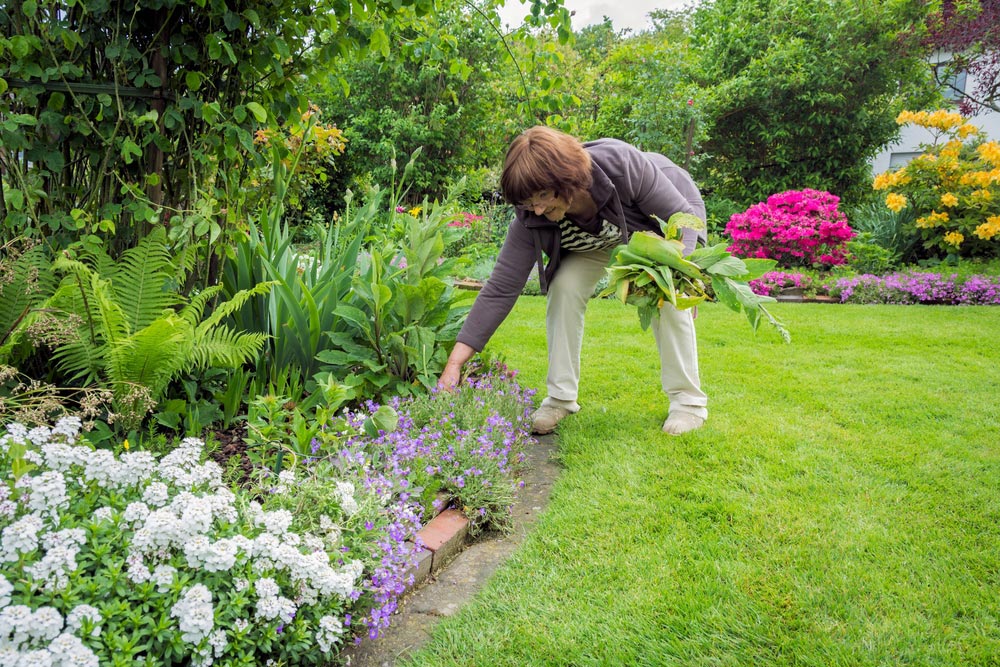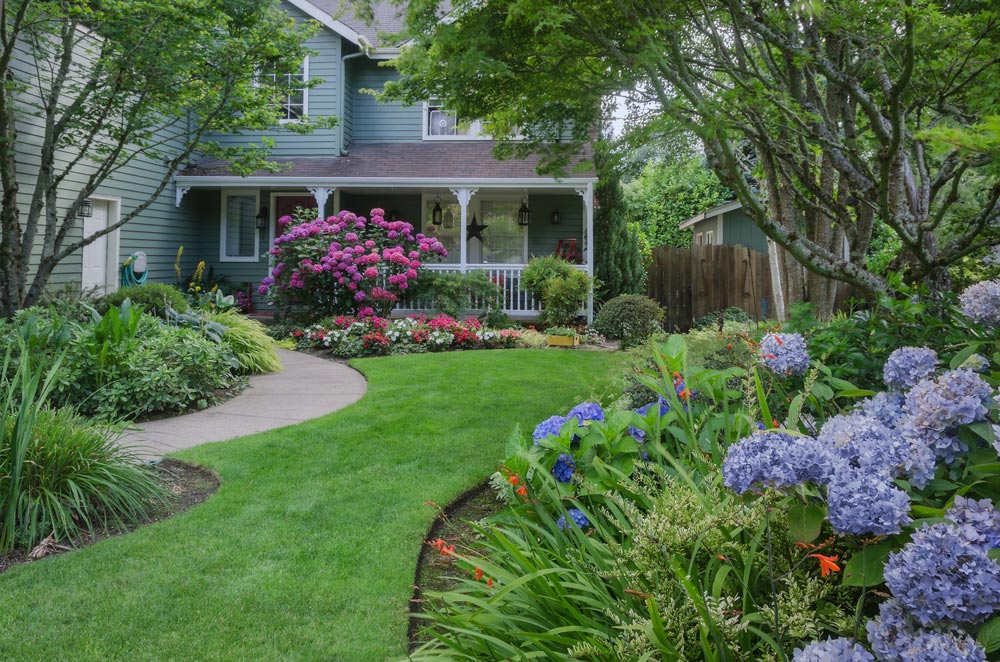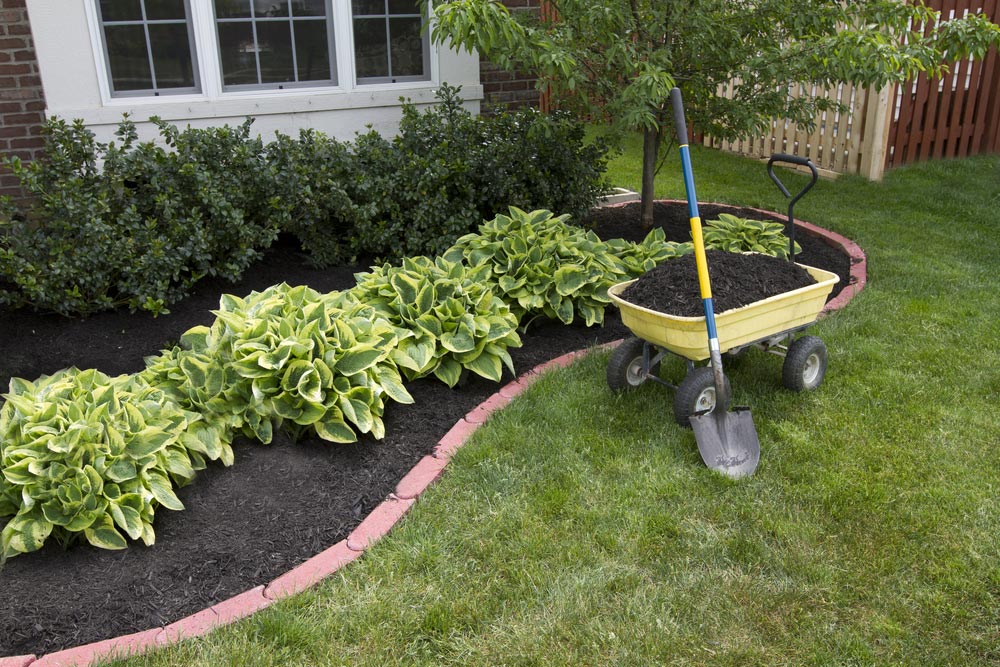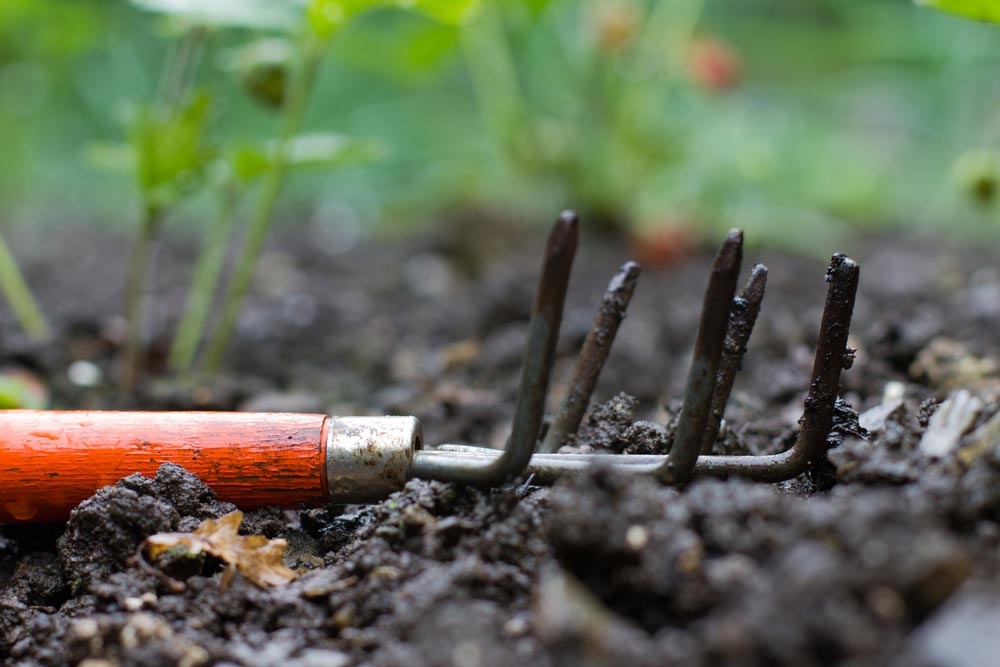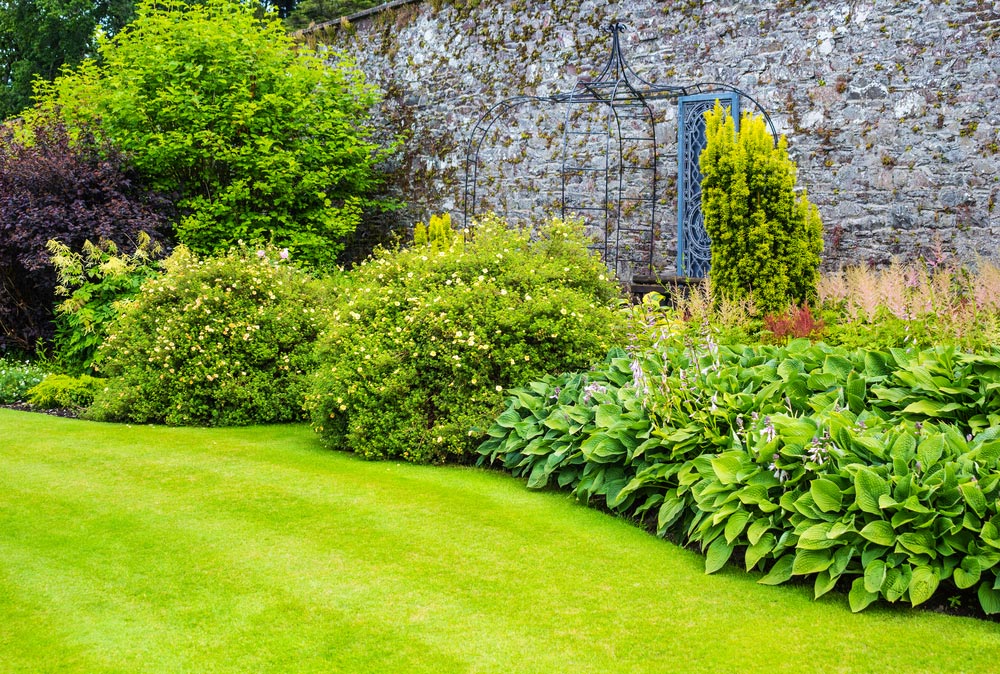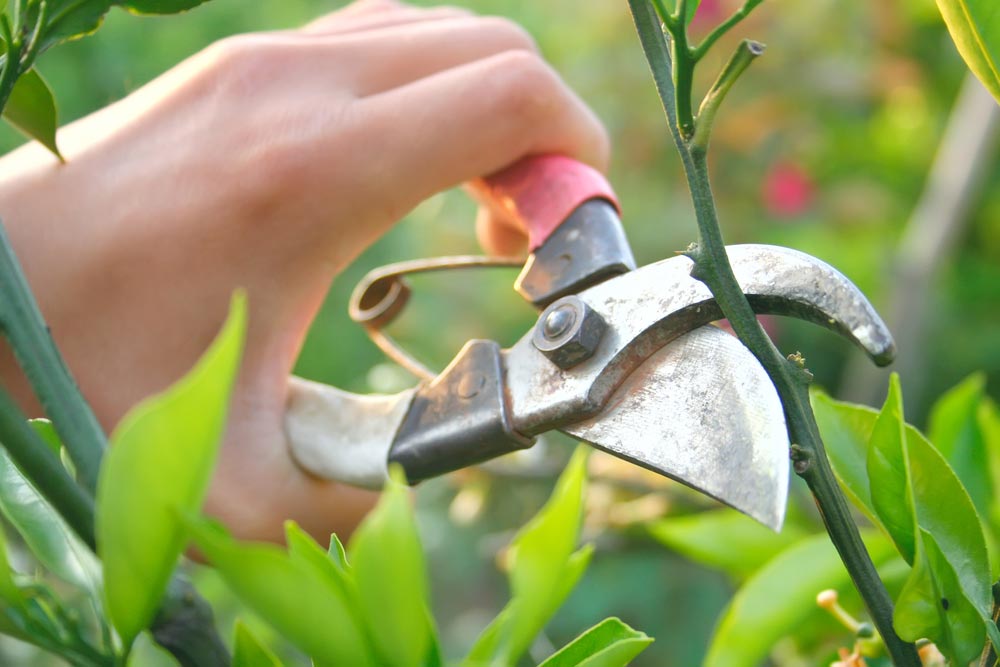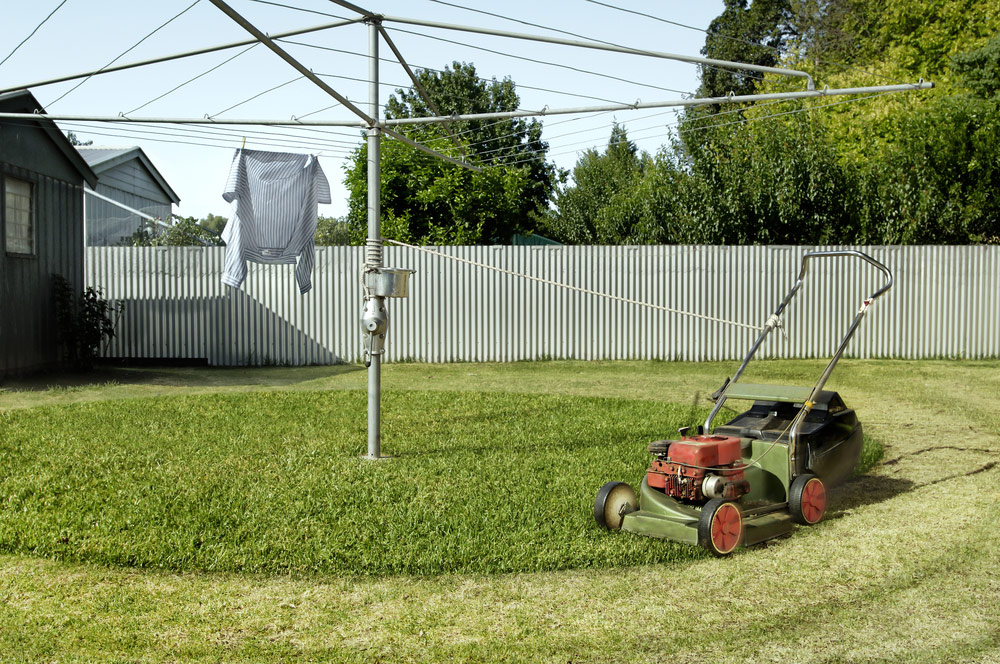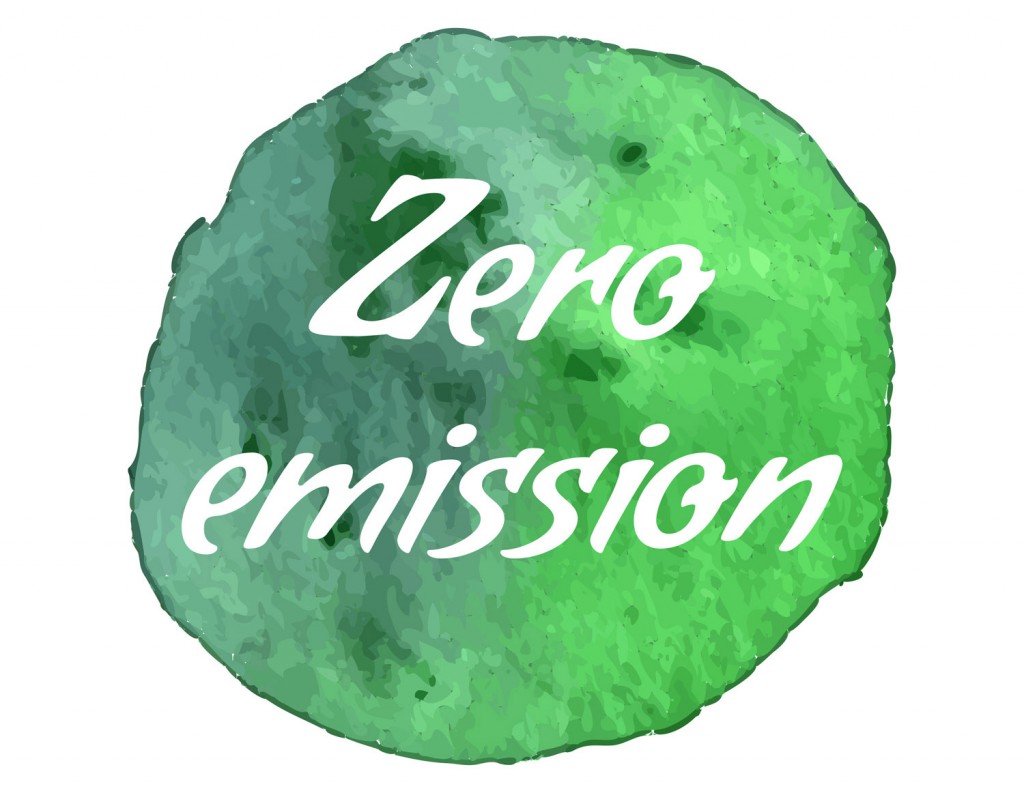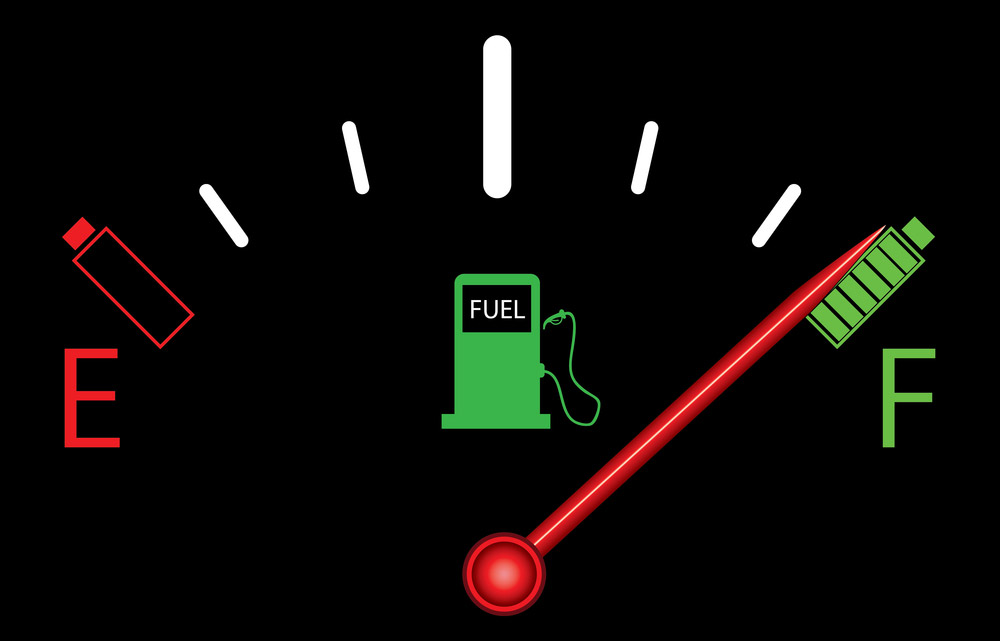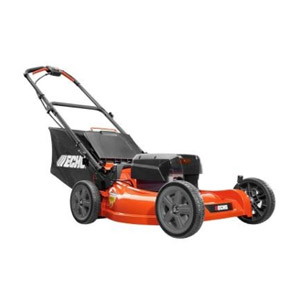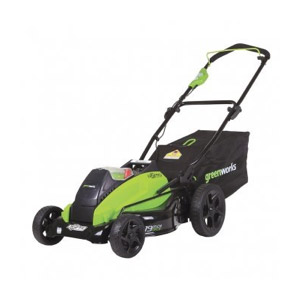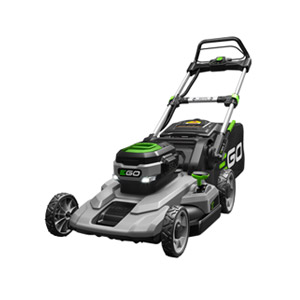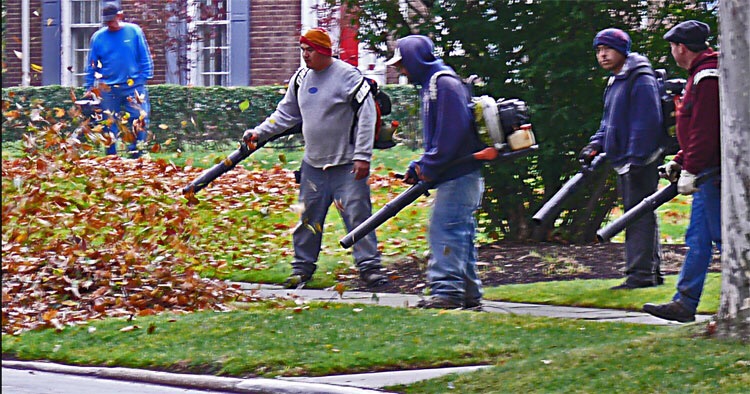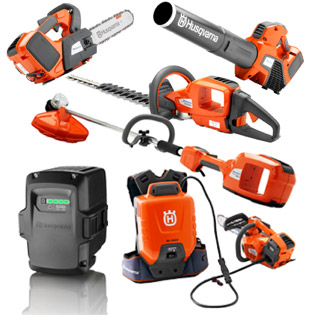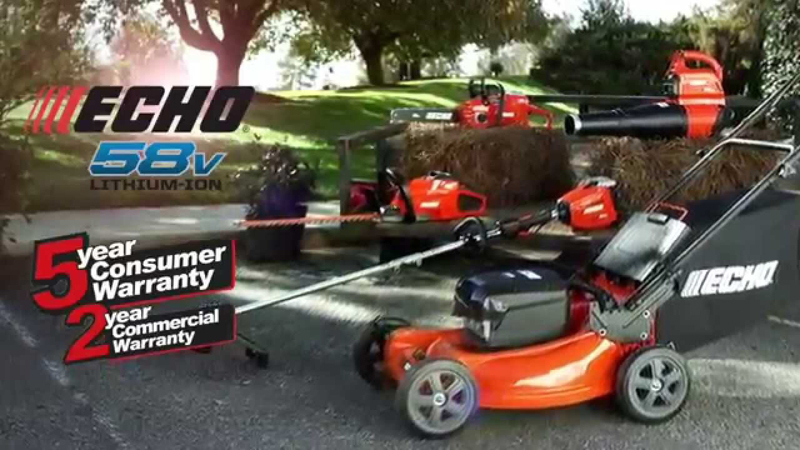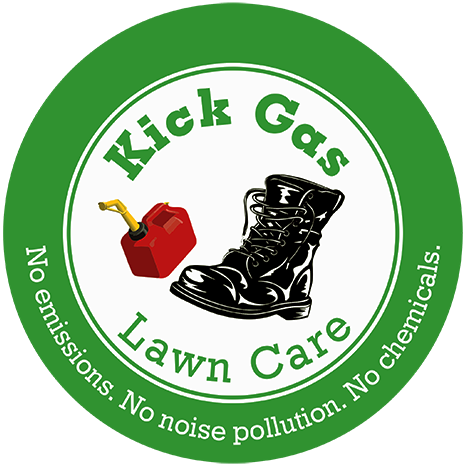Every summer, lawn mowers get their share of abuse from grass cutting.
In order for your mower to be effective, it needs to be in tip top shape. Gas powered lawn mowers need more servicing than electric mowers, but your electric mower still needs some basic, yet beneficial maintenance at the end of the season. The most important thing you can do is read the owners manual. Different mowers have different needs, so it’s up to you to take that booklet out of the plastic and give it a once over.
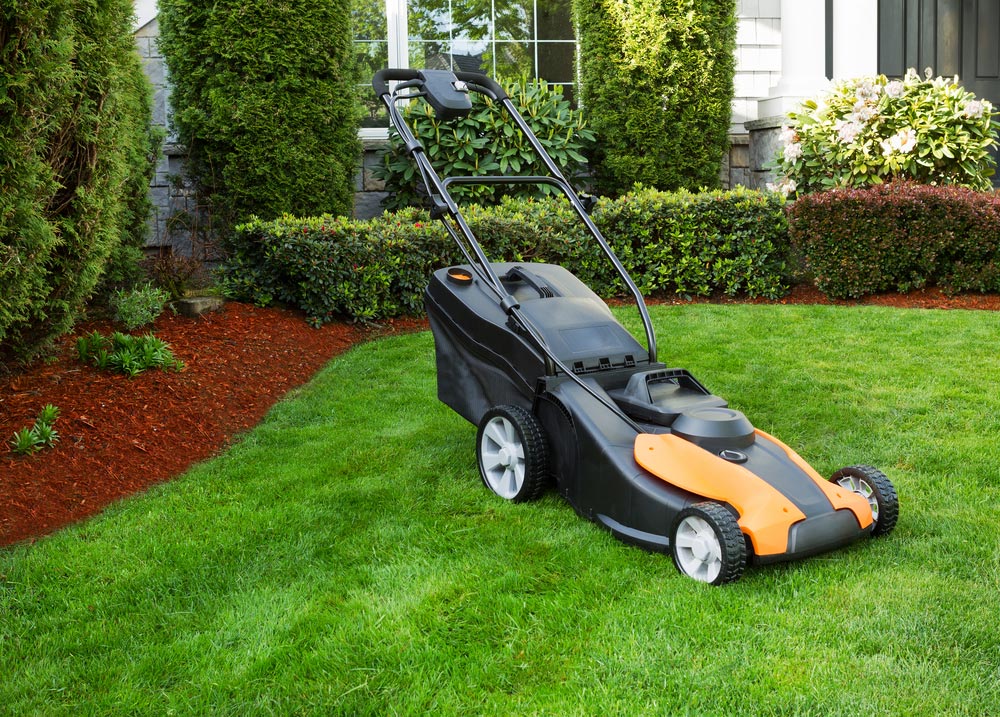
After our grass cutting season ends, we perform the following tasks to ensure our mowers are ready for the upcoming spring:
- Clean out the undercarriage. The undercarriage is the housing where the blade is contained. This will be easy to find as it will be caked in grass clippings. You should actually do this several times throughout the season. Check it periodically and use an old plastic hair brush to scrape off the dried clippings. When cleaning an electric mower do not use a hose or a pressure washer. Water can get inside the motors and cause corrosion.
- Use a lubricant like WD-40 on the wheels. Most wheels are made of plastic, but the axle is metal and the bracket inside the wheel is also metal. You don’t need to overdue it, just a gentle squirt on each of the four wheels.
- Check all bolts and fasteners. Grass cutting causes a lot of vibrations. These vibrations can sometimes cause screws, fasteners or bolts to come loose. Use the appropriate tool and tighten everything.
- Sharpen the blade. You will need to remove the blade from the mowers. A bench grinder gives the best edge, but there is also a special hand tool designed for sharpening lawn mower blades. Once the blade is sharpened, give it a thin coat of WD-40 to prevent any rust from forming. Put the blade back on the mower, and you will be reading for grass cutting in the spring.
- Blow out the battery compartments, vents and motors. Use a blower or an air compressor and blow out any dust or debris from all the nooks and crannies. Grass cutting clippings can sneak their way into tight spots; it’s a good idea to blast them out if possible.
Maintaining the electric mowers batteries.
Maintaining the batteries is a very important part of maintaining your electric mower. Without the battery, you don’t have a functional mower for your grass cutting in the spring.
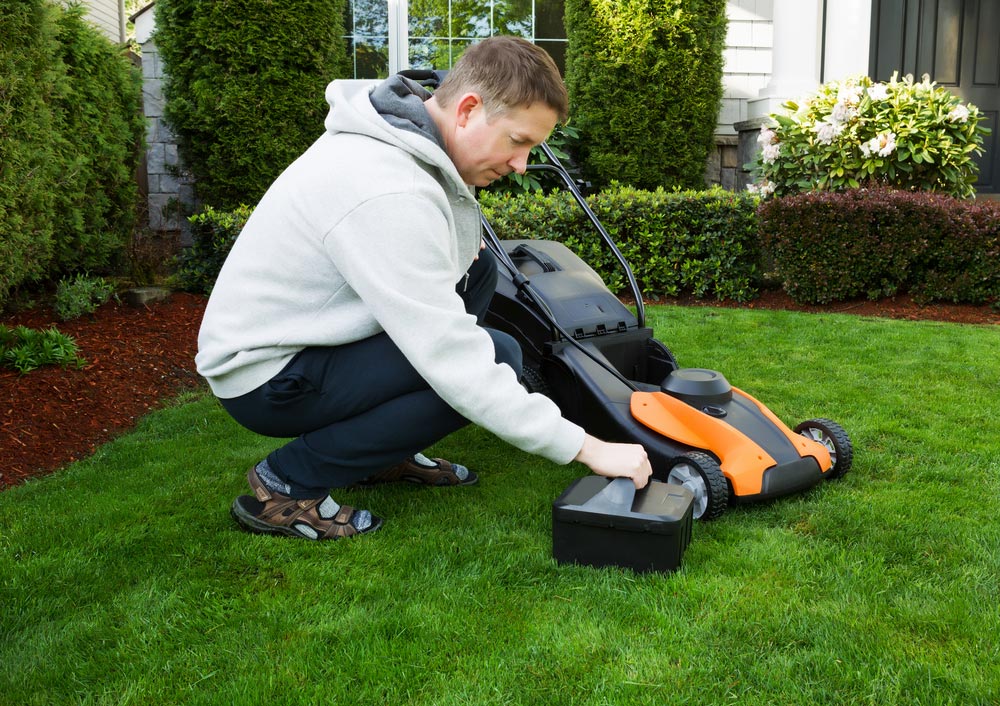
- Inspect the battery before storing. Check the hosing of the battery for any cracks or problems in the housing. Batteries are covered under the warranty, if there is a problem; it’s a good idea to discover it, before the warranty runs out.
- Keep them warm. Do not store batteries in your garage or anywhere outdoors, if you live in a climate that consistently drops below freezing. This will ruin your battery very quickly. Keep them indoors if possible. A garage is fine, if you live in a climate unlike Northern Canada, where the grass cutting season only lasts six months out of the year.
- Store the batteries fully charged. Lithium Ion batteries are designed to be charged and discharged to a certain lever, for the purpose of protecting the integrity of the batteries functionality. Before storing for the off-season, fully charge the batteries and check them every six weeks. Most batteries have a power lever indicator, if the battery power level drops, charge it back up.
Follow these tips for maintaining your electric mower. When grass cutting season rolls around in the spring, you’ll have one foot out the door.
For those of you that like the idea of electric mowers, but don’t feel like cutting your own grass, contact Kick Gas Lawn Care for your grass cutting needs.


